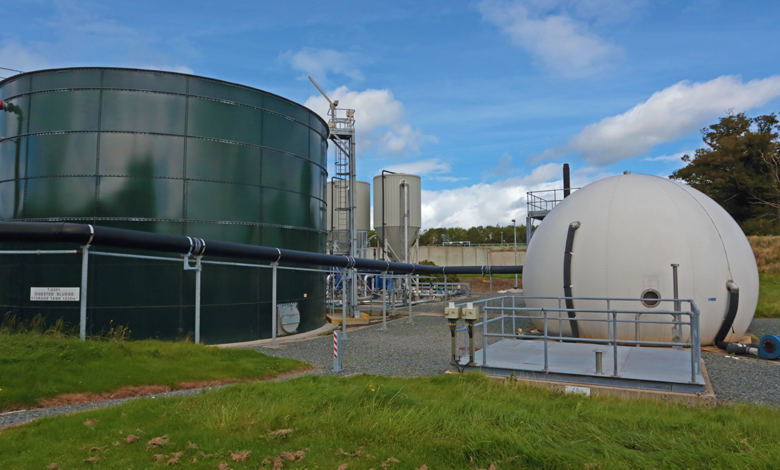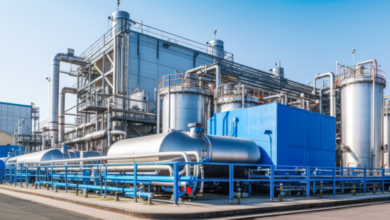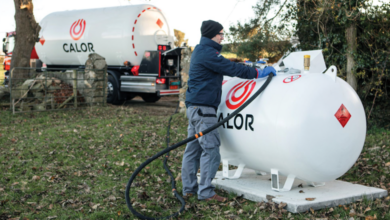The role of municipal anaerobic digestion plants in meeting the 2030 biomethane targets

As part of Ireland’s commitment to reduce emissions by 51 per cent by 2030, the Government’s Climate Action Plan sets a target of 5.7 TWh of biomethane to be generated from an estimated 200+ agri-based anaerobic digestion (AD) biogas plants to be constructed and commissioned over the next five years, writes John G Devlin, Pre-Contract Director at Celtic Anglian Water Ltd.
Although much of the focus is currently on the development of agri-based AD plants the municipal wastewater treatment sector has been successfully generating Biogas (c.60 per cent Biomethane) from AD processes for decades. Currently, there are c.16 municipal AD plants located across the Island of Ireland generating an estimated 16.5 million Nm3 of Biogas annually with an approximate energy content of 100 GWh.
The single biggest Municipal AD Plant in Ireland is located at the Ringsend Wastewater Treatment Works (WwTW) in Dublin. The Ringsend WwTW is operated and maintained by Celtic Anglian Water Ltd (CAW), as part of the ABA Consortium, on behalf of Uisce-Éireann, The AD plant, comprising four 4,500m3 mesophilic digestors, generates approximately 11.5 million Nm³ of biogas annually, with a biomethane content of c. 60 per cent (vol/vol), equivalent to approximately 70 GWh of energy.
The biogas is stored on-site in a gas holder and used to fuel combined heat and power (CHP) units and/or two steam boilers at the WwTW. There are currently four CHP units operational at the Ringsend WwTW, each with an electrical output capacity of 1 MWe. A fifth CHP unit is currently being commissioned and once operational, the combined electrical output of all five units will be approximately 100 MWh per day, sufficient to meet c. 45 per cent of the WwTW’s electricity demand.
Additionally, each CHP unit is fitted with heat recovery steam generators that capture waste heat from exhaust emissions, producing low-grade steam for use in the sludge pre-treatment process. The residual biosolids from digestion are pathogen-free and suitable for use as a Class A fertiliser in agriculture, further enhancing the environmental benefits of the AD process.
Elsewhere, other AD plants operated by CAW generate c. 1.1 million Nm³ (6.6 GWh) of biogas annually from municipal wastewater sludge digestion.
At CAW we believe that expanding the utilisation of wastewater-derived biogas could complement agri-based AD projects. By integrating wastewater-derived biomethane into the broader renewable energy mix, Ireland can move closer to its 2030 emissions reduction target while enhancing sustainability and energy security.
W: www.caw.ie






